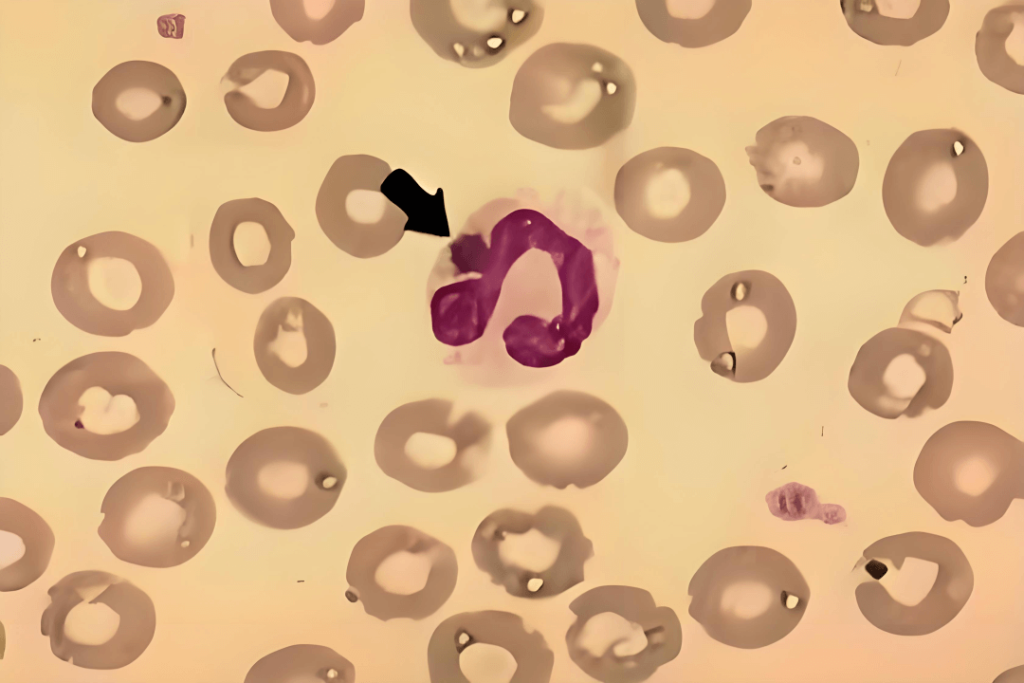Ehrlichia Canis in Dogs
While sharing life with pets brings joy, we must also pay attention to zoonotic diseases—those transmissible between humans and animals. Today’s focus is on Ehrlichiosis, a disease caused by Ehrlichia species, which poses a threat to both humans and pets.

Pathogen Introduction
Many may be unfamiliar with Ehrlichiosis. It is a tick-borne disease caused by pathogens including Ehrlichia canis, Ehrlichia ewingii, and Ehrlichia chaffeensis. Ehrlichia are rickettsia-like obligate intracellular bacteria that form cytoplasmic inclusions in lymphocytes and neutrophils. These pathogens are mainly transmitted by ticks and cause febrile illness, also known as human ehrlichiosis or spotless Rocky Mountain spotted fever.

Ehrlichia canis is a tick-borne, Gram-negative, obligate intracellular bacterium with various shapes such as round, oval, rod, or spindle-like. It causes persistent infections in animals, presenting with systemic symptoms like reduced appetite, lethargy, fever, necrotic lymphadenitis, splenomegaly, and bleeding. First discovered in 1935 in Algeria, it was initially named R. canis and later renamed by German scientists in 1945. In 1999, it was detected in Chinese military dogs.
Transmission and Epidemiology
The main vector for E. canis is the brown dog tick (Rhipicephalus sanguineus), which is globally distributed. Ticks transmit the pathogen via bites, and other routes include direct contact such as licking, fighting, or exposure to contaminated food, utensils, or feces. Research shows that Ehrlichia DNA can be detected within 3 hours of tick bite. Other ticks like Ixodes and Dermacentor species may also spread Ehrlichia. Warm climates increase infection risk.
The incidence of Canine Monocytic Ehrlichiosis (CME) is rising, especially in the U.S., Europe, and Asia. Some dogs are asymptomatic carriers for months or years, potentially spreading the disease to non-endemic regions. Climate change and tick habitat expansion have pushed Ehrlichia into new areas like the Netherlands.
Pathogenesis
Ehrlichia infect host immune cells, particularly monocytes and macrophages. Once inside, they form “morulae” (bacterial clusters) in phagosomes and evade immune responses by inhibiting lysosome function and altering host cell cytoskeleton and signaling pathways, allowing further infection.
Clinical Symptoms
Symptoms vary depending on the Ehrlichia species, host immunity, and infection severity. Common signs include fever, lethargy, appetite loss, weight loss, lymphadenopathy, and splenomegaly. Ocular discharge, uveitis, and nasal secretions are frequent. Severe cases may show bleeding tendencies from immune-mediated thrombocytopenia, and complications such as kidney failure, meningitis, coma, or death. Some dogs develop neurologic signs like seizures or ataxia.
Chronic Ehrlichiosis involves immune dysfunction, persistent thrombocytopenia, and anemia. Secondary infections like protozoal or bacterial urinary tract infections are common. Monoclonal gammopathy may resemble lymphoma or multiple myeloma.
Diagnosis and Treatment
Diagnosis is based on clinical signs, blood tests, serology, and PCR. Acute infection shows thrombocytopenia, anemia, and leukopenia. Serologic tests include IFA, ELISA, and SNAP 4Dx Plus. IFA is the gold standard but may miss early infections, thus PCR is recommended.
PCR detects Ehrlichia DNA early using targets like 16S rRNA and outer membrane protein genes (gp19, gp36). Chronic cases may lack detectable DNA, relying on serology.

Tetracyclines (e.g., doxycycline) are the treatment of choice, given for 7–28 days. Acute cases respond well. Chronic cases with pancytopenia have a worse prognosis. Early diagnosis and treatment improve outcomes. Supportive care like fluids and nutrition may be needed. Strict adherence to veterinary instructions is crucial.
Prevention
Since ticks are the common vector, preventing tick exposure is essential for both pets and humans.
- Regular Deworming: Use effective tick control medications seasonally. Choose topical or oral anti-tick products.
- Avoid Exposure: Prevent contact with stray or wild animals. Monitor pet activity outdoors.
- Environment Cleanliness: Sanitize pet bedding and toys. Inspect pets after outdoor activities, especially ears, neck, and abdomen.
- Regular Checkups: Routine screening at veterinary clinics helps detect early infections. Recovered pets should be monitored for relapse.
Conclusion
Ehrlichia canis infection is a serious tick-borne disease. With the expanding habitat of ticks, the infection risk is increasing. Despite diverse symptoms and complex diagnosis, early detection and treatment can improve survival. Veterinarians and pet owners must raise awareness and conduct regular screening, especially in endemic regions.
